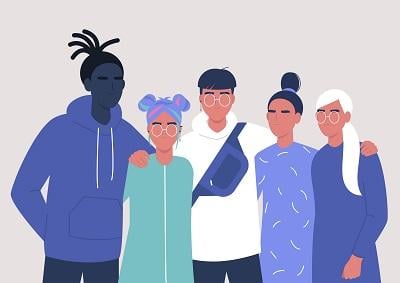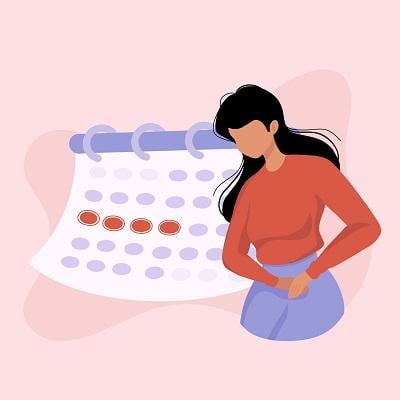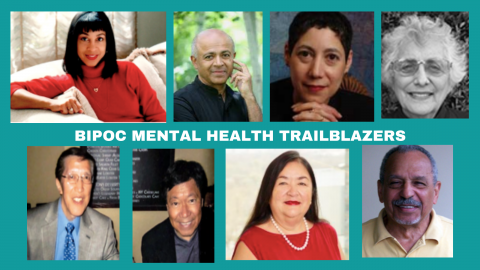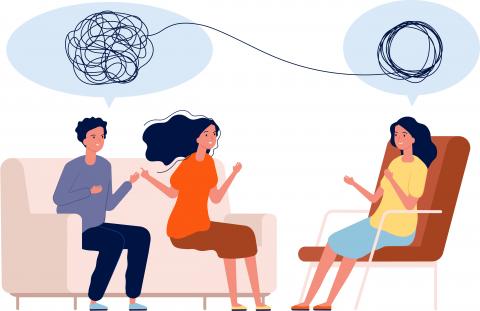Submissions Open August 15, 2022.
GET INVOLVED
Learn. Share. Network.

ADAA Conference 2023 Submissions - Anxiety & Depression Conference
ADAA's 2023 Annual Conference is excited to head to Washington D.C., April 13-16, 2023. Join 1,000+ professionals with backgrounds in medicine, psychology, social work, counseling, nursing, neuroscience, genetics, epidemiology, and other disciplines for vibrant programming, impactful connections with peers, and access to sponsors while enjoying Washington D.C.
Submissions Open August 15, 2022.
Learn More
Submissions Open August 15, 2022.

Psychedelic Therapy: Problems and Promises
The 2022 Fall Forum brings together several leading experts to provide their clinical and research perspectives on the psychedelic medicine field as it pertains to depression, anxiety, and PTSD.
Learn More

Membership Benefits
ADAA membership offers an extensive list of learning, networking and, publication benefits available to you through your ADAA membership.
Learn More

Read ADAA’s Official Online Journal: Depression & Anxiety
Free subscription for ADAA members.
Learn More

ADAA Insights
ADAA's bi-weekly e-newsletter delivering current relevant research and treatment news about anxiety disorders and depression.
Learn More

Member Spotlight
ADAA's professional members play a key role in providing resources and treatment and research information to those struggling with anxiety, depression and related disorders. Learn more about the work our members do, how they came to ADAA, and what they value most about being a part of the ADAA community.
Learn More


























































































































